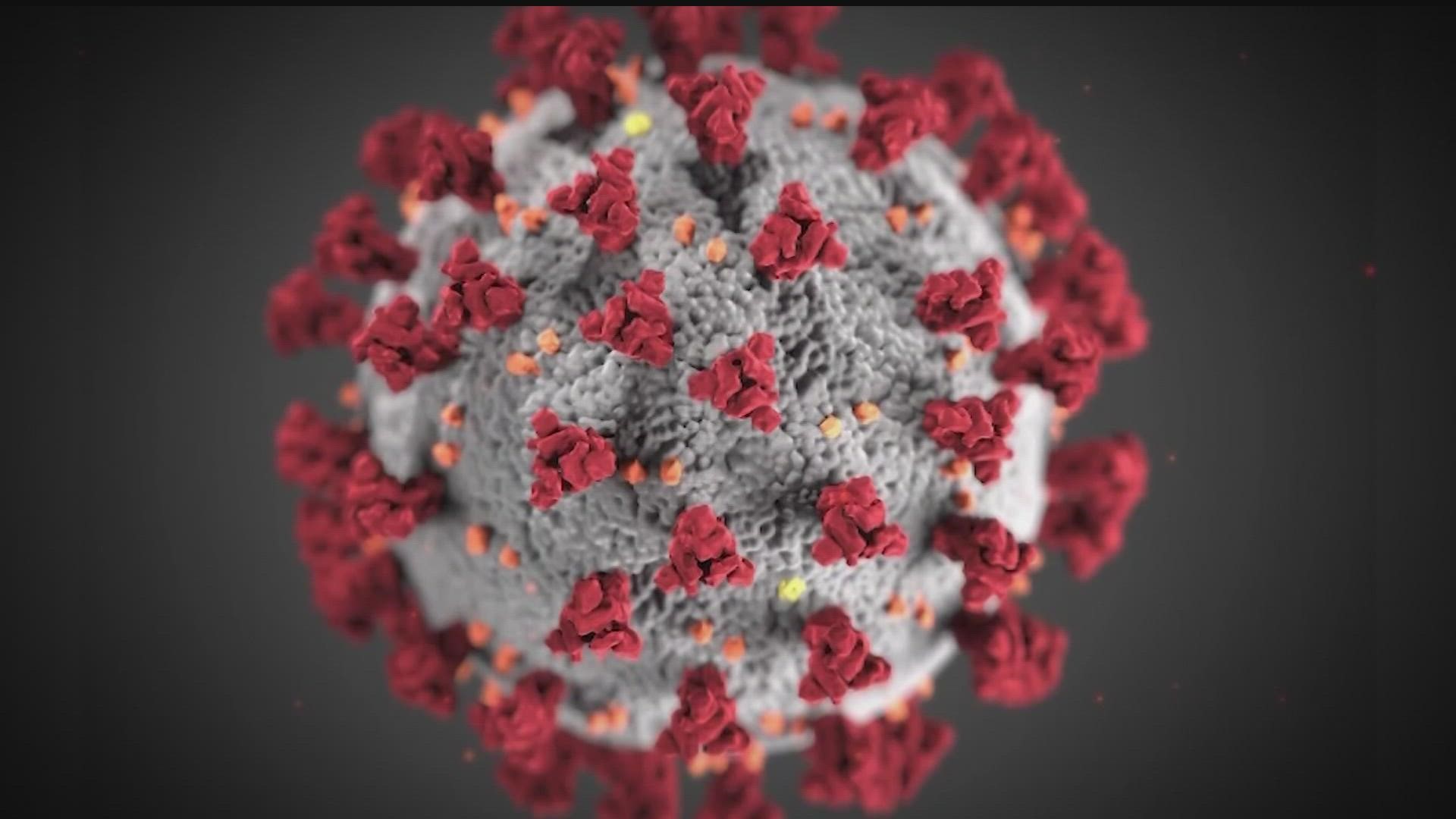ST PAUL, Minn. — The Metropolitan Wastewater Treatment Plant in St. Paul sampled mRNA from sewage wastewater and found that COVID-19 levels decreased by 16% in Twin Cities wastewater from May 31 to June 6.
The Omicron subvariant BA.2 made up 68% of the SARS-CoV-2 RNA in the Metro Plant’s influent, which is down from 76% the week earlier.
On the other hand, the other 32% of the SARS-CoV-2 RNA was made up of Omicron subvariants BA.4 and BA.5, a 23% increase.
The treatment plant plays an important role in wastewater collection across the seven-country Twin Cities.
But why does wastewater matter so much when discussing COVID cases?
Wastewater allows experts to detect COVID-19 numbers by extracting mRNA from samples.
Then that wastewater data has the ability to predict new waves of COVID-19, like the one we are in now.
As of June 10, 2022, 2,028 new COVID-19 cases were reported, padding the total positive COVID-19 cases including reinfections to 1,527,145, according to the latest data from the Minnesota Department of Health.
And as cases continue to remain relatively stagnant, there are new test-to-treat locations opening up across the state this month for Minnesotans to get tested for free.
The new “twist” to these locations is that if someone test positive -- and are deemed as “high-risk”-- there is the possibility that you can walk out of the site with a prescription for the antiviral drug Paxlovid.
The Brooklyn Park test-to-treat location is now open for Minnesotans.
Gov. Tim Walz announced Wednesday that Moorhead will be the next location to become a test-to-treat location on June 13, and Duluth will offer the program June 14.
Watch more on the coronavirus:
Watch the latest reports and updates on the coronavirus pandemic in Minnesota with our YouTube playlist:

